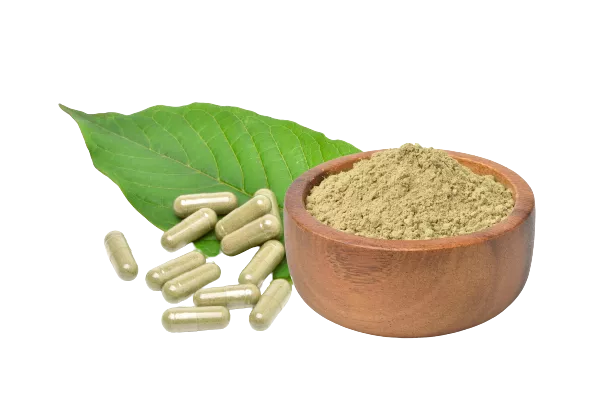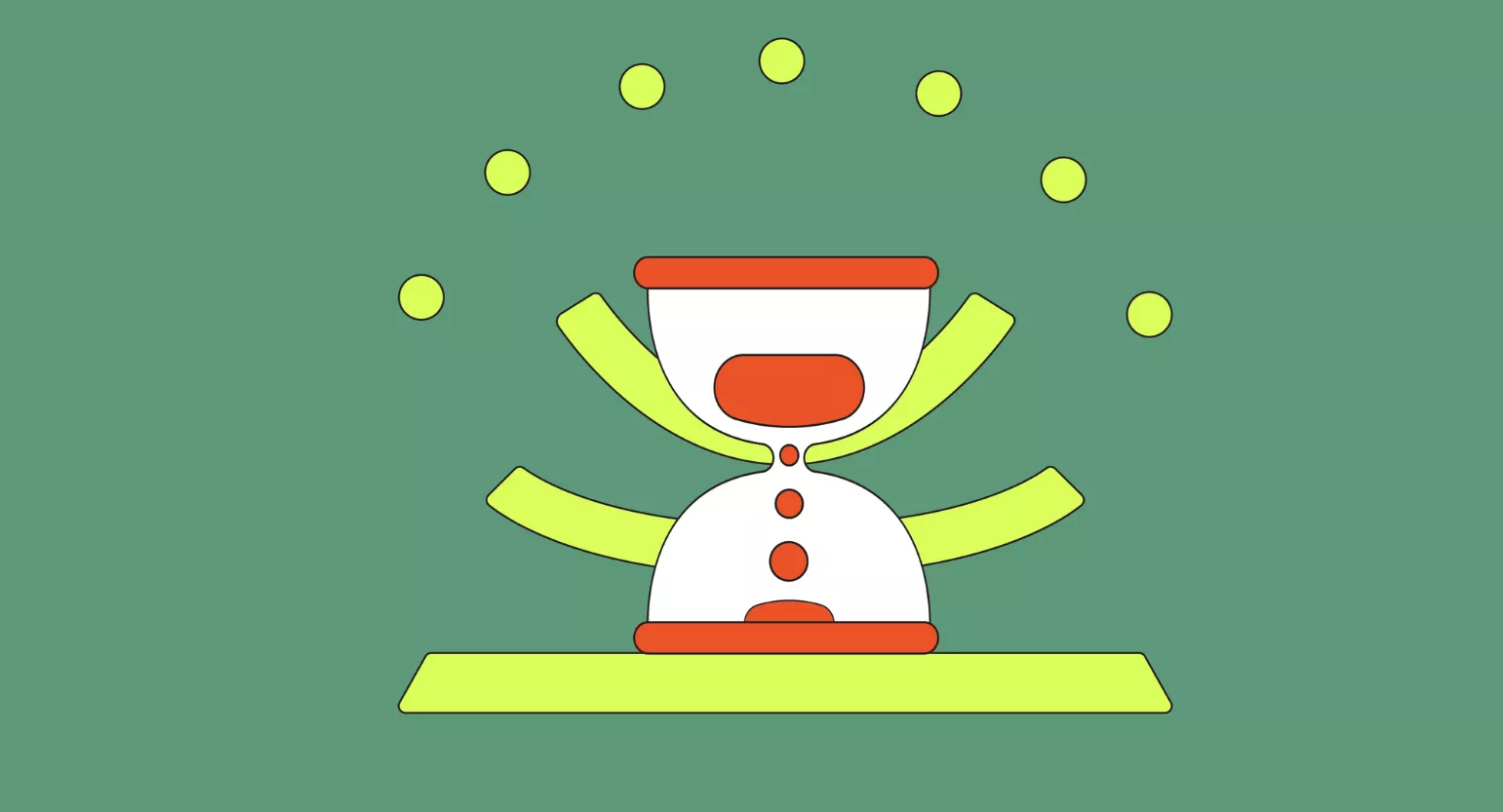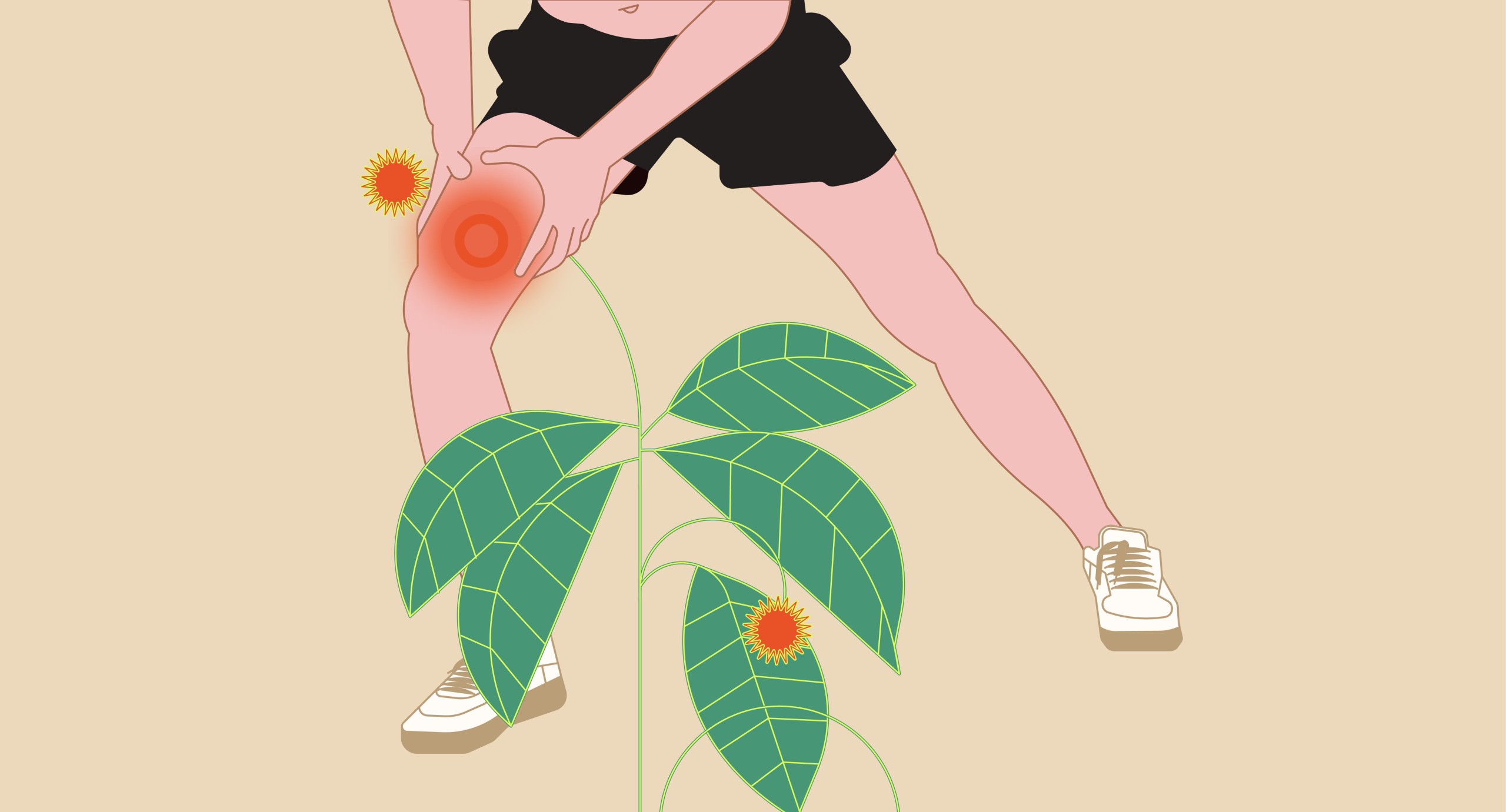Why Cut Down on Kratom?
First, you might be wondering why anyone would cut down on kratom usage in the first place. Kratom has increased wildly in popularity over the past decade, and it’s often touted as a “miracle” substance that can produce several desirable effects in users. These include increased stimulation and focus akin to drinking several cups of coffee, pain relief in place of prescription painkillers, anxiety reduction, stress relief, and more. So why cut down?
Physical Addiction
The bottom line is that, while kratom is often considered a good alternative to other drugs — specifically heavier painkillers — it can be addictive on its own. Many users turn to kratom instead of painkillers and opioids to avoid or mitigate the risk of addiction. However, kratom interacts with the opioid receptors, and users can become dependent on it for various reasons.
Psychological Addiction
Even if you didn’t start using kratom to avoid other drugs, the euphoria and stimulation or sedation could become psychologically addictive. Anything that makes you feel good can cause dependence.
Cost
Finally, premium kratom is quite expensive if you buy it from a reputable brand. If you’ve built up a tolerance to it, you might be taking up to about 10 g a day or more to get the desired effects. As such, the cost is another simple reason some users look to taper off of kratom or cut it out of their daily routine.

How to Taper Off of Kratom
Compared to many other substances, quitting kratom is relatively easy. Most users will experience some kratom withdrawal symptoms if they’ve used it for long enough, but many people compare it to the process of quitting caffeine. Generally speaking, you can expect some adverse side effects for the first few days, after which it just becomes a matter of consistency.
The difficulty you’ll have quitting kratom also depends on how you stop using the substance. Some unpleasant side effects can be expected for those who go from their usual daily dose to none at all, much like quitting caffeine.
For most users, tapering off of kratom makes the process relatively easy. However, this isn’t without its challenges, and it can be harder for long-term users.
Quitting kratom or reducing your intake shouldn’t be a cliff-edge experience, meaning you shouldn’t go from your current daily dosage to your desired daily dosage right away. Your body needs time to adjust, so slowly reducing your intake is the best option.
The specifics are based on your personal kratom experience, but the principles are the same.
Reduce Your Daily Intake by 10% for One Week
Start by reducing your daily kratom intake by around 10% to see how your mind and body react. Give it a week, and if you notice no symptoms or some that aren’t too severe, you can push through and continue on another week. If you notice unbearable symptoms, increase your intake to around 95% of your average daily amount and see where that leads you.
Continue to Reduce Daily Intake Until You Are Comfortable At 0.5 Gram
Once you’ve lasted an entire week at each new dosage without symptoms, knock down your daily dosage again and let your body adjust. By the time you get to 0.5 grams a day for a week without severe withdrawal symptoms, you should be ready to quit altogether.
Once you hit this point, you should be able to stop with minimal problems.
If you feel like the withdrawal symptoms are too intense, dial-up your intake a bit. Most importantly, don’t get discouraged. Weaning off of any habit-forming or addictive substance — like kratom or caffeine — can be challenging, and it will take time for most people. Within a month or two, you should be kratom-free and symptom-free.

Kratom Withdrawal Symptoms
Like any other habit-forming or addictive substance, quitting kratom will likely cause some withdrawal symptoms, especially if you go from regular daily use to taking none at all. Below, we’ll discuss the withdrawal symptoms you might experience on your journey to wean off of kratom.
Muscle Aches
Muscle aches are a common side effect of quitting kratom, although the cause is somewhat unknown. Kratom’s alkaloids provide some analgesic effects, so continuous kratom use may lower your threshold for pain, making everyday muscle aches and joint pain seem more pronounced when you first quit.
Cravings
It’s very common to crave any substance you’re working on quitting. Much like caffeine withdrawals make you crave coffee, you might wish you could take a dose of kratom during your quitting period.
Lack of Sleep
The alkaloid mitragynine is a stimulative component found within kratom. Our bodies gradually become dependent on stimulants like caffeine and mitragynine to maintain normal bodily function as we take more and more. For the first few days, you might have difficulty falling or staying asleep.

Fatigue
Kratom interacts with the body’s opioid receptors, which can play a role in the hormone levels in our bodies. The longer you take stimulative compounds like kratom or caffeine, the more your body becomes dependent on them to maintain energy levels. You might feel tired for the first few days you go without kratom.
Sweating, Hot Flashes, & Tremors
More severe but less common withdrawal symptoms include sweating, hot flashes, and tremors. These symptoms are only likely if you have taken large doses of kratom — usually for pain relief or anxiety reduction — for long periods.
Nausea & GI Upset
The specific cause is unknown, but nausea and gastrointestinal issues like diarrhea are typical withdrawal symptoms for many substances, including kratom.

Anxiety
Kratom can relieve anxiety and stress, so relying on the compound to make you feel normal can leave you unable to cope with natural anxious feelings for a few days after stopping kratom.
Depression
Kratom is commonly used as a mood enhancer because it makes people feel good. If your body becomes dependent on kratom to release those feel-good neurotransmitters, it will overcompensate by reducing the activity of those neurotransmitters. Until your body returns to normal, you could feel depressed or gloomy.

How Long Does Kratom Withdrawal Last?
Kratom withdrawal symptoms can be different for every user in intensity and duration. Generally speaking, most kratom withdrawal symptoms are only expected to last for three to four days.
If you’re committed to quitting kratom, it’s important to understand that the potentially negative feelings and side effects you’ll experience when you quit kratom are only temporary. Getting beyond the first few days will make you more likely to stop permanently.
How to Avoid Kratom Withdrawal Symptoms
Although the withdrawal symptoms associated with kratom aren’t nearly as severe or unpleasant as what you’d experience with other more addictive substances, most users will still want to do everything they can to avoid them. Luckily, there are some things you can do to reduce the likelihood of experiencing kratom withdrawal symptoms.

Gradually Decrease Your Dose
First, you should plan to taper off your kratom use rather than cut it out of your life entirely. Going from taking one or more doses a day all week to taking none is a recipe for a bad time, as your body takes time to adapt to not having the substance it’s used to having. It’s a much better idea to reduce your intake gradually than just stop consumption altogether.
Switch to a Less Potent Strain
If you’re one of the kratom users that looks for the highest alkaloid content possible for the most intense experience, you can also reduce your intake by switching to a less potent strain. For example, if you’re used to the intensity of Trainwreck kratom or Red Borneo, try Green Malay or another more balanced green strain. This will naturally reduce your dependence and your body’s expectations of high alkaloid availability.
Remember Withdrawal is Temporary
Finally, just knowing what to expect can help you overcome the withdrawal symptoms, although it won’t help you avoid them. Knowing they won’t last long can help you better deal with them. Understanding that the symptoms are temporary is paramount to pushing through them if they pop up.
It’s easy to think that your headaches, muscle aches, and depression are there to stay forever, but this mindset will only lead you back to kratom usage.

How to Avoid Kratom Addiction Altogether
Instead of dealing with the withdrawal symptoms and weaning yourself off of kratom, it’s better to avoid the addiction altogether. It’s good practice to take tolerance breaks for a few days at least once a month, as this will help your body maintain its natural hormone levels and function without relying too much on kratom.
It’s also a good idea to limit your intake to just five days a week. Something as simple as avoiding kratom intake two days a week can help you prevent addiction, which could mean you never have to deal with kratom withdrawal symptoms in the first place.

Wrapping Up: Reducing Kratom Intake & Cutting It Out for Good
Reducing your kratom consumption or cutting the substance out altogether isn’t necessarily hard, but it does take an understanding of the process and some commitment. Like any other potentially habit-forming substance — including caffeine — quitting kratom will take some time for most users, but the physical rewards and monetary savings can be worthwhile.
To successfully reduce your kratom intake or cut it out altogether, understand that the process will be challenging, but the withdrawal symptoms are not permanent. For just a few days, most users experience some minor symptoms — including muscle aches, decreased mood, and nausea. After that point, it just takes some consistency to get out from under kratom.









